Growth in End-Use Industries
The expansion of various end-use industries is significantly influencing the High Performance Organic Pigment Market. Sectors such as automotive, construction, and consumer goods are increasingly utilizing organic pigments due to their superior properties and environmental benefits. For instance, the automotive industry is adopting high-performance organic pigments for coatings that require durability and aesthetic appeal. Market analysis suggests that the coatings segment alone is expected to account for a substantial share of the organic pigment market, driven by the demand for high-quality finishes. This growth in end-use applications is likely to propel the overall market forward, as manufacturers seek to meet the evolving needs of these industries.
Stringent Environmental Regulations
The implementation of stringent environmental regulations is a significant driver in the High Performance Organic Pigment Market. Governments and regulatory bodies are increasingly enforcing laws that limit the use of hazardous substances in manufacturing processes. This regulatory landscape is pushing pigment manufacturers to transition towards organic alternatives that comply with safety and environmental standards. As a result, the demand for high-performance organic pigments is expected to rise, as they offer a viable solution to meet these regulatory requirements. Market data indicates that compliance with these regulations not only enhances product appeal but also opens new market opportunities for manufacturers who prioritize sustainability.
Rising Demand for Eco-Friendly Products
The increasing consumer preference for eco-friendly products is a pivotal driver in the High Performance Organic Pigment Market. As awareness of environmental issues grows, manufacturers are compelled to adopt sustainable practices. This shift is reflected in the rising demand for organic pigments, which are derived from natural sources and are less harmful to the environment compared to synthetic alternatives. Market data indicates that the organic pigment segment is projected to grow at a compound annual growth rate (CAGR) of approximately 5% over the next five years. This trend not only aligns with consumer values but also encourages companies to innovate and develop new formulations that meet these eco-conscious demands.
Technological Innovations in Pigment Production
Technological advancements play a crucial role in shaping the High Performance Organic Pigment Market. Innovations in production techniques, such as improved extraction methods and enhanced formulation processes, have led to the development of pigments with superior performance characteristics. These advancements enable manufacturers to produce pigments that exhibit better color strength, lightfastness, and stability. Furthermore, the integration of digital technologies in pigment formulation is streamlining production processes, reducing waste, and enhancing product quality. As a result, the market is witnessing a surge in the introduction of high-performance organic pigments that cater to diverse applications, including coatings, plastics, and textiles.
Increased Investment in Research and Development
Investment in research and development (R&D) is a vital driver for the High Performance Organic Pigment Market. Companies are allocating significant resources to innovate and enhance the performance of organic pigments. This focus on R&D is leading to the discovery of new pigment formulations that offer improved properties, such as enhanced color vibrancy and durability. Additionally, collaborations between manufacturers and research institutions are fostering the development of cutting-edge technologies that can revolutionize pigment production. As the market evolves, the emphasis on R&D is likely to yield products that not only meet current consumer demands but also anticipate future trends, thereby sustaining market growth.


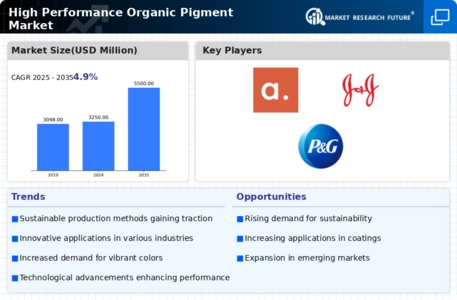
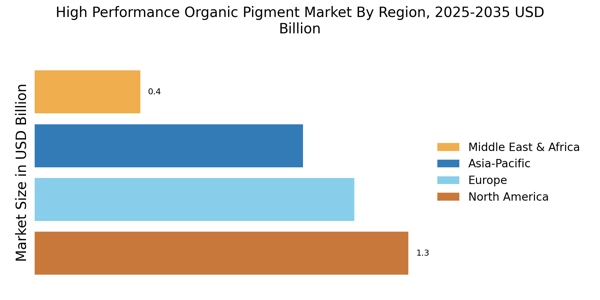

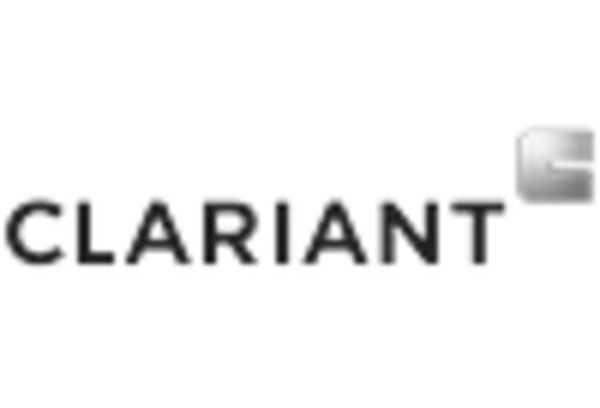
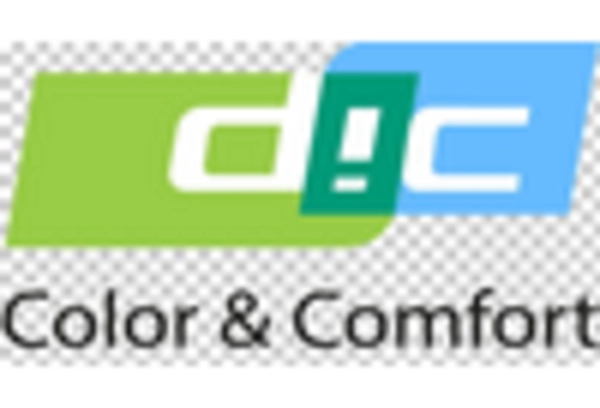

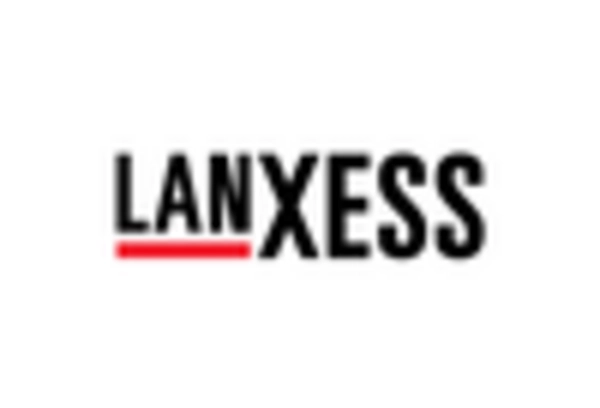
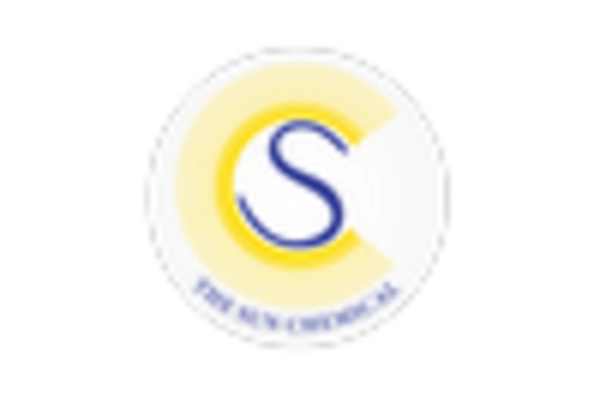








Leave a Comment